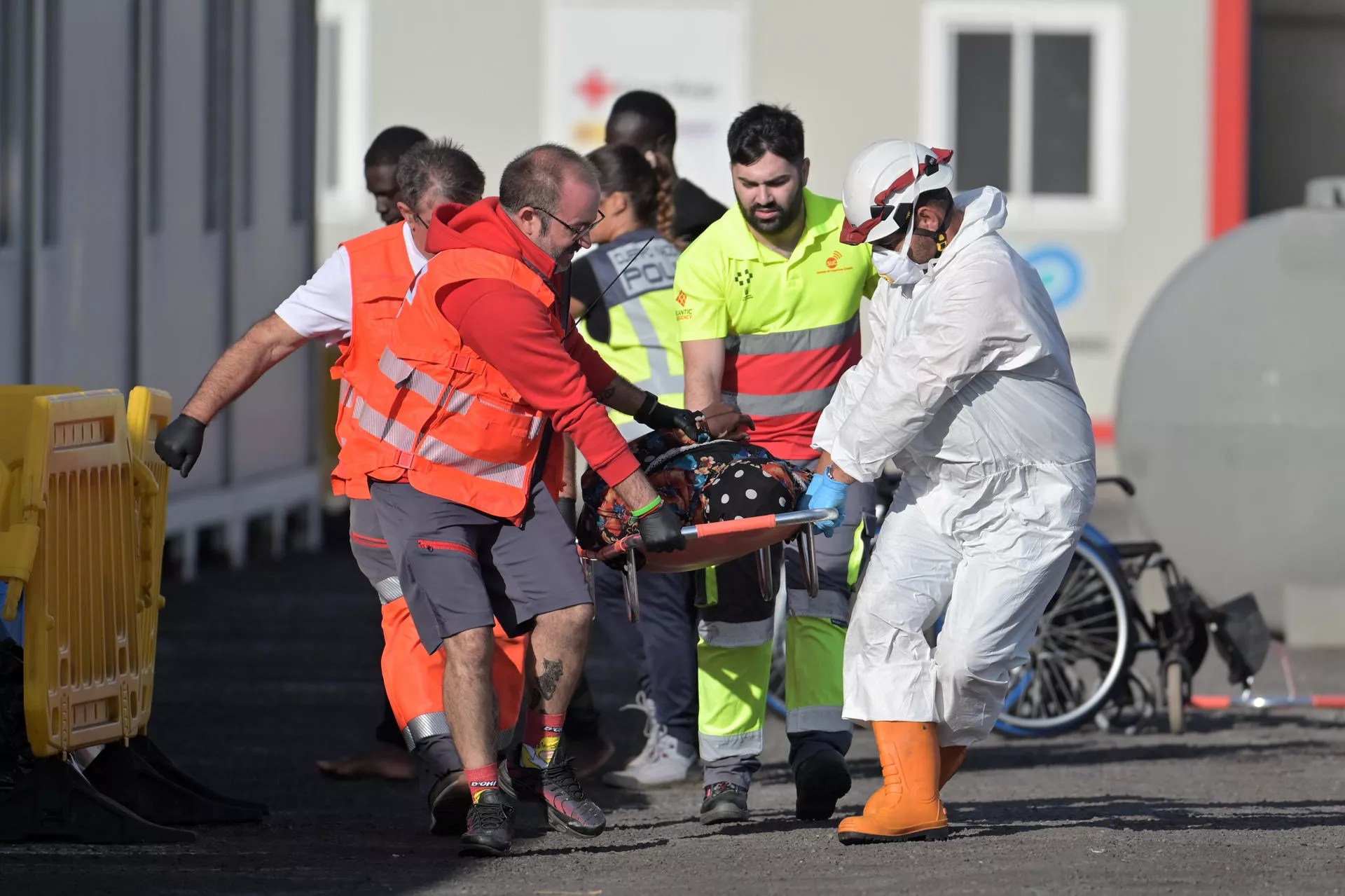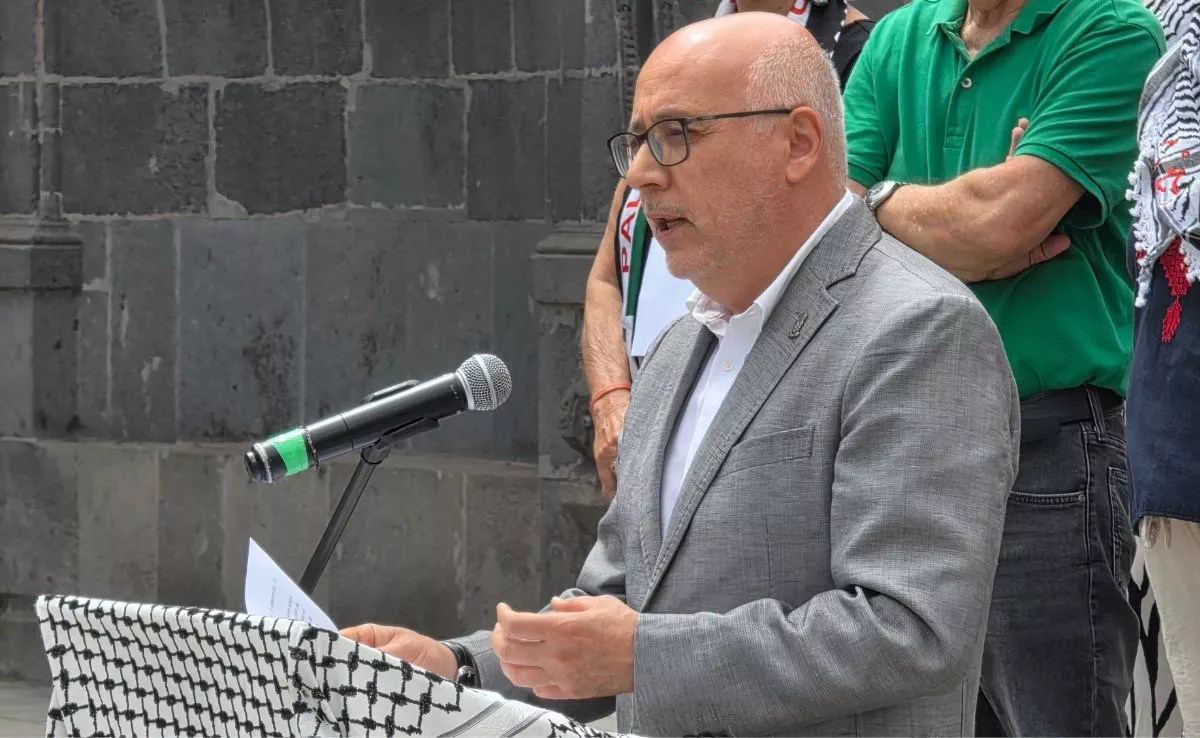Without any hesitation and utilising all resources at hand. The president of the Cabildo of Tenerife made a firm statement last Wednesday regarding the imperative need to “declare war” against arsonists to protect the Island’s mountains from the repercussions of their criminal acts. Yesterday, she further advanced in the same direction by announcing a conference scheduled for next Tuesday to coordinate all available firefighting resources.
The list of invitees is impressive and includes forestry brigades (Brifor), Tenerife firefighters, the Army (UME), Civil Guard (Seprona), National Police, the Government of the Canary Islands (both Emergencies and the General Directorate of Security), the Public Prosecutor’s Office of the Autonomous Community and the Public Prosecutor Delegate for the Environment in Tenerife.
The offensive in support of the island summits – and as Dávila emphasises, “these crimes must not go unpunished” – extends beyond the necessary coordination in the offices because, simultaneously, groundwork will be laid a day prior. The island president, together with Lieutenant General and head of the Canary Islands Command, Julio Salom, will visit the Montaña Bermeja area next Monday, within the Corona Forestal Natural Park, for a joint meeting with the heads of Brifor of the Cabildo, the Tenerife Firefighters Consortium, the Civil Guard, and the Army.
This initiative arrives at a critical time, as the Canary Islands Government declared a state of alert yesterday, citing the risk of forest fires affecting the entire province of Santa Cruz de Tenerife and Gran Canaria. In Gran Canaria, several areas are also on high alert due to soaring temperatures, as indicated by the Canary Islands Government’s Cecoes 1-1-2.
Just this week, there have been five fire outbreaks in various parts of Tenerife. Apart from the four already documented, a new incident occurred near Playa del Apio (in the municipality of La Laguna) yesterday. This fire affected a cane field and a hut in a hard-to-reach area by land, necessitating the deployment of aerial resources. The fact that these incidents occurred in an interface zone (near human settlements) only adds to the growing concern for evident reasons.
















